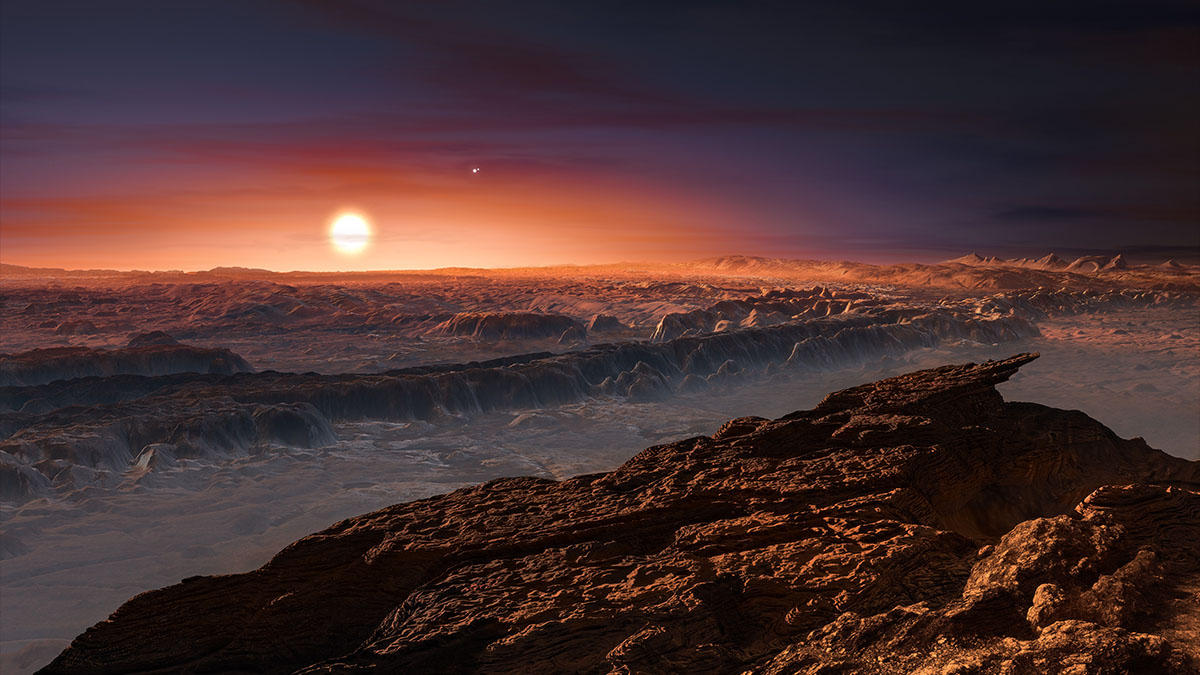the many mysteries of proxima centauri b

When astronomers recently discovered evidence of a rocky world orbiting our nearest stellar neighbor, Proxima Centauri, there was much rejoicing and many scientists started wondering what life on that planet may be like. But now a team of researchers at an astronomy confab poured some cold water on these ideas. We’ve already covered that red dwarfs belch a huge amount of radiation on a regular basis because their low mass allows vast flows of plasma to supercharge their magnetic fields, and now, two teams applied this dynamic to models emulating Proxima Centauri b’s evolution throughout its 5 billion year existence. The result? Based on what we know so far, this world should be a radioactive, lifeless desert. Over the eons, the massive flares would’ve boiled off all water and scoured the surface of life, even with a magnetic field to try and protect itself since its star would have an especially active phase lasting for 300 to 400 million years, very easily overwhelming the planet’s defenses. Or so the models show.
This caveat is important because there’s another model showing that if the planet formed a little father from the star than its current orbit and had a slightly thicker atmosphere and a bubble of hydrogen around itself at birth, it could be still habitable today. Based on the law of inverse squares, in this scenario, far less radiation would stress its atmosphere and enough of it can be soaked up by the remnants of the protoplanetary disk to give life a little time to take hold and evolve to deal with slowly increasing radiation. And the planet would get to keep its water, if not on the surface, then at least in caves and sub-surface reservoirs. Strong magnetic fields would’ve helped as well, but we don’t know enough about the planet’s makeup and interior to know if it even has internal convection. In fact, we don’t know if it’s a rocky world. All we have is a lower bound for its mass which means it may be way more like Neptune than anything like Earth or Mars in the end.
If you’re starting to get the strong feeling that we don’t know anything for sure about our closest exoplanet, well, you’re mostly right. This is why any definitive-sounding pronouncement about what it may be like is likely to be either wrong, or pure guesswork. And this is why there are plans for brand new telescopes able to image Proxima Centauri b so we can say for a fact if it’s terrestrial or gaseous, if it’s habitable, has habitable moons, or is pretty unlikely to have anything we’d ever recognize as life living on, or inside it, and for that matter, anything at all we’d want to know about this planet. In the meantime, it would probably be best to take all these articles with a big grain of salt and remember that all of this is educated speculation meant to be tested by seeing how these models match real life observations so we’re able to make the proper adjustments to forecast what kind of worlds stars we’ve yet to really study may harbor and what those worlds may be like…





